PPT-Status of GEMS
Author : lindy-dunigan | Published Date : 2016-04-26
Jhoon Kim Mijin Kim Ukkyo Jeong GEMS Team Yonsei University GEMS Science Team Myung Hwan Ahn Yong Sang Choi Myeongjae Jeong Jae Hwan Kim Young Joon Kim Hanlim Lee
Presentation Embed Code
Download Presentation
Download Presentation The PPT/PDF document "Status of GEMS" is the property of its rightful owner. Permission is granted to download and print the materials on this website for personal, non-commercial use only, and to display it on your personal computer provided you do not modify the materials and that you retain all copyright notices contained in the materials. By downloading content from our website, you accept the terms of this agreement.
Status of GEMS: Transcript
Download Rules Of Document
"Status of GEMS"The content belongs to its owner. You may download and print it for personal use, without modification, and keep all copyright notices. By downloading, you agree to these terms.
Related Documents

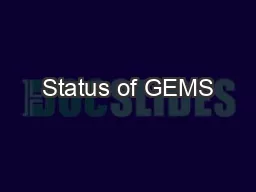
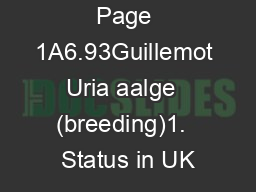
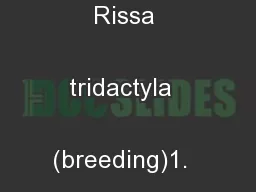

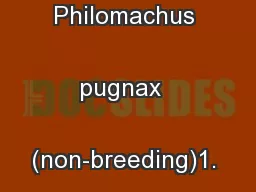

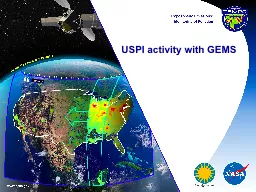
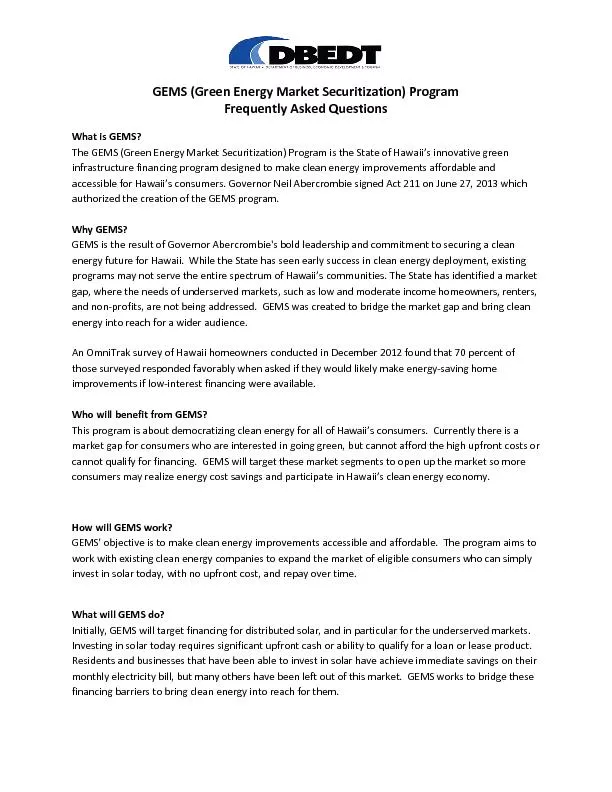


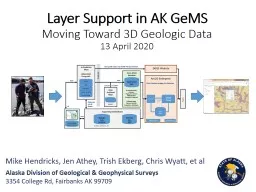
![[DOWLOAD]-Game Programming Gems 4 (GAME PROGRAMMING GEMS SERIES)](https://thumbs.docslides.com/979092/dowload-game-programming-gems-4-game-programming-gems-series.jpg)
![[eBOOK]-Game Programming GEMS 3 (GAME PROGRAMMING GEMS SERIES)](https://thumbs.docslides.com/979301/ebook-game-programming-gems-3-game-programming-gems-series.jpg)
![[eBOOK]-Game Programming Gems 5 (GAME PROGRAMMING GEMS SERIES)](https://thumbs.docslides.com/979389/ebook-game-programming-gems-5-game-programming-gems-series.jpg)